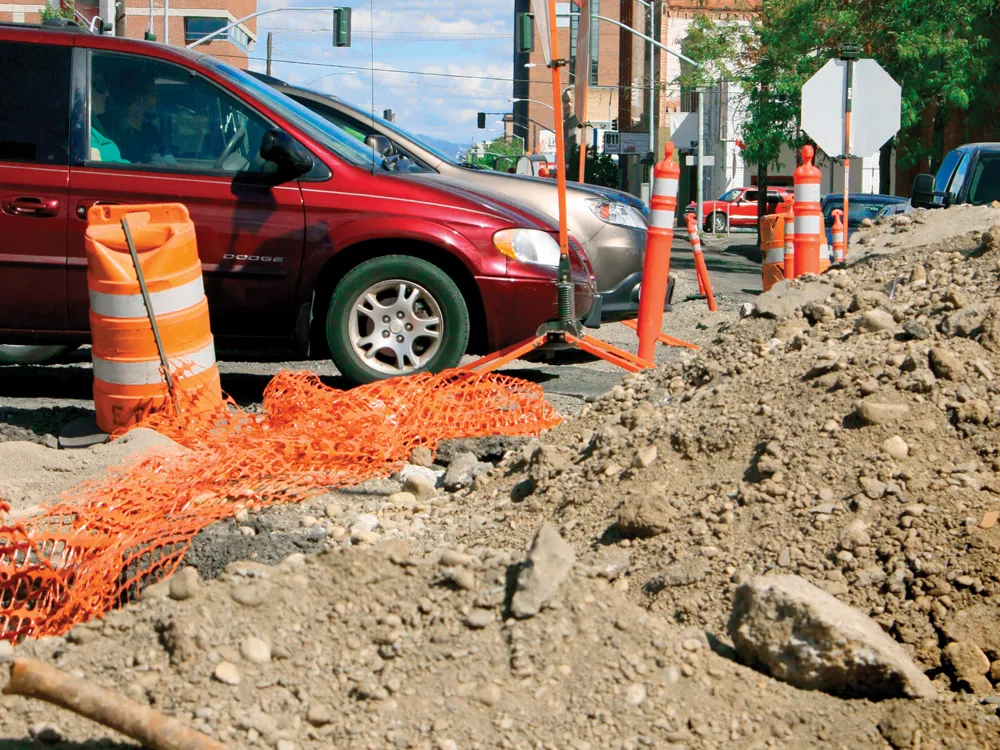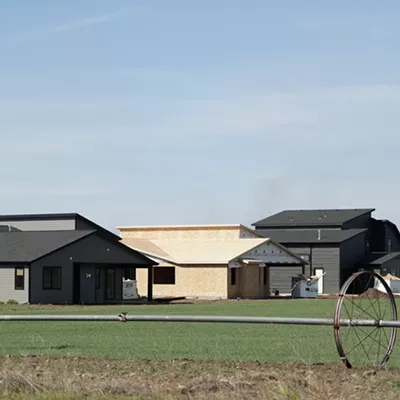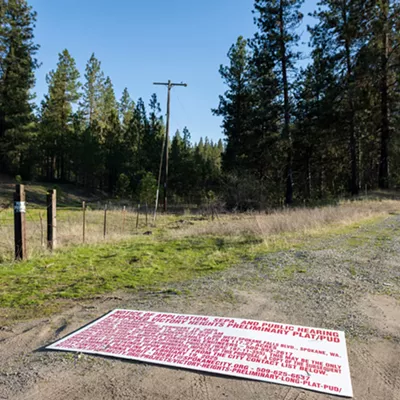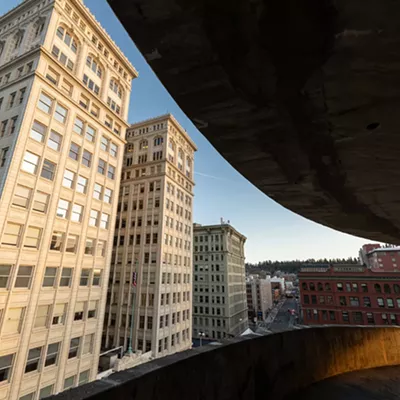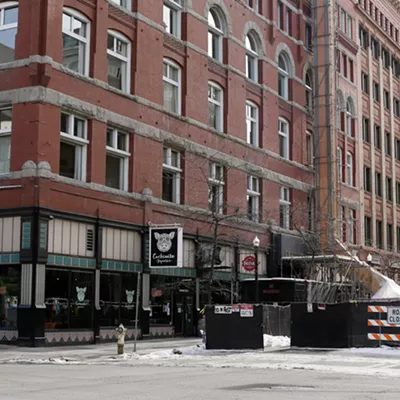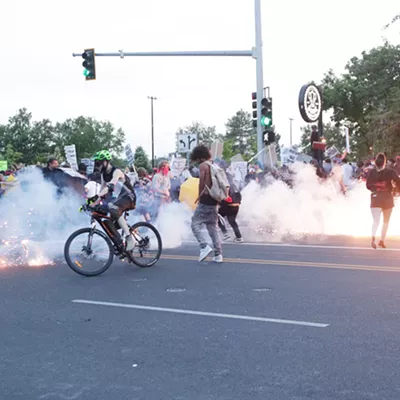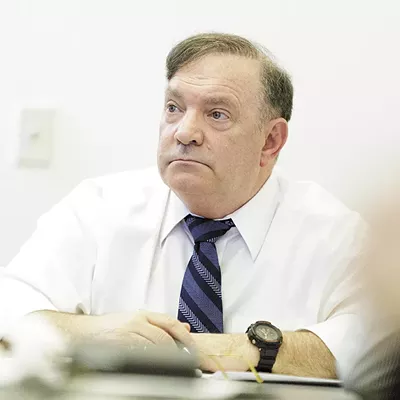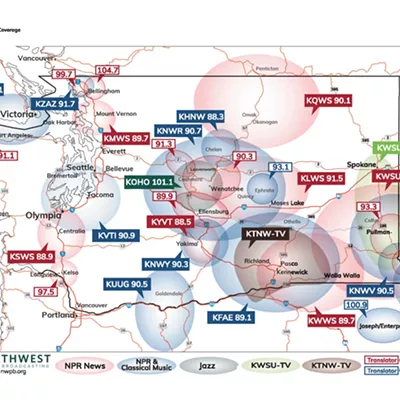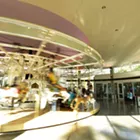Everywhere you go around Spokane these days, it seems like you run into construction. It’s confusing and inconvenient, but which do you hate more: the hold-ups or the potholes?
Here’s a quick primer on the ugly but necessary work confronting you at every turn.
Just what the hell is going on around here?
A lot. The city of Spokane estimates it’s torn up about 20 miles of road this summer. That doesn’t include roads being fixed by other agencies. (The state is working on Division and Highway 195.) But it does include a variety of different kinds of work.
On Second Avenue downtown, the city is tearing the street down to the dirt and rebuilding it from curb to curb. Several of the streets that cross it are just getting their surfaces ground away and reapplied. Crews are restoring the historic brick gutters on Madison Avenue, and part of the rehabilitation of Wellesley Avenue includes new signals and ADA-compliant curb ramps. Workers are also scheduled to start the bike- and pedestrianization of the Iron Bridge, which connects the Gonzaga area to East Central, as well as bike infrastructure improvements around downtown.
Who’s paying for all this?
Homeowners, to some extent. Over half of the approximately $60 million price tag for the city, according to spokeswoman Ann Deasy, comes from the 10-year street repair bond approved by voters in 2004. (The bond levied a $68-per-year tax on properties worth $100,000.) Certain city agencies and the STA will also pitch in money on projects where they need facilities baked in — like the stormwater runoff program on Lincoln Street, and certain bus-resistant concrete intersections on Northwest Boulevard. (Some $14 million comes from other agencies for bridge work.)
When is it going to be finished?
Depends what you’re talking about. That beat-up stretch of Wellesley between Maple and Division is targeted for completion within two weeks. The dust may not settle downtown until earlyto mid-November. (Considering the construction season around here is normally thought to run out around the end of October, that’s cutting it close.)
Isn’t this an unusual amount of work?
In a larger timeframe, yes. But Deasy says it’s about equal to the construction that went on last year, and it may be less than what we see in the next two years. She notes that the city can bend and flex the schedule for street-bond projects in order to get its money’s worth — taking advantage of low bids here, joining resources with other projects there. Also, where federal stimulus dollars are involved, the construction needs to happen quickly. And, Deasy says, the city has been trying to push as much work as possible right now in order to do a little economic stimulation of its own.
There’s been talk of striping in bike lanes onto Second Avenue while it’s still under construction — what’s the status of that?
Deasy says a traffic study conducted on Second didn’t recommend putting in a stand-alone bike lane (because of potential safety issues and traffic back-ups that would produce more concentrated greenhouse gas emissions), and there are currently no plans to do so. However, with construction not set to wrap up for another two months, she says the conversation is ongoing — the mayor’s advisory task force is looking at its options (which could include bike lanes or shared use lanes called “sharrows”).

